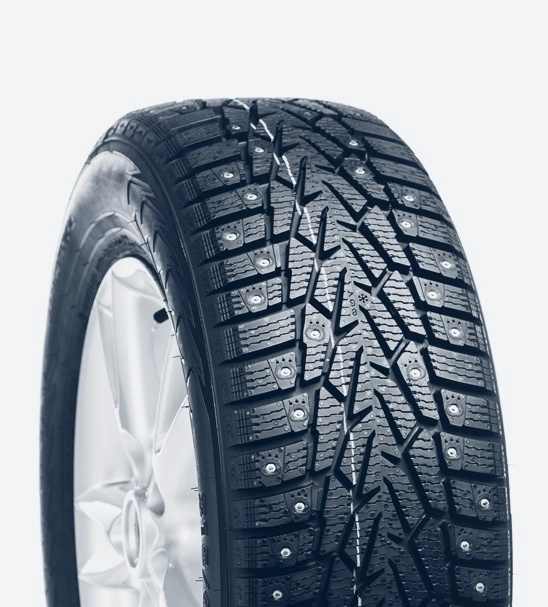Understanding the Importance of Axle Transmission Seals in Vehicle Performance and Durability
Understanding Axle Transmission Seals Importance and Functionality
Axle transmission seals play a crucial role in the operation and longevity of vehicles. These seemingly small components might not receive the same attention as larger parts like the engine or transmission, yet they are essential for proper vehicle function, preventing fluid leaks, and maintaining optimal performance.
What is an Axle Transmission Seal?
An axle transmission seal is designed to prevent fluid from leaking out of the axle assembly. These seals are strategically placed around rotating components such as the drive shaft, ensuring that lubricants and other fluids required for proper functioning are retained within their designated areas. Without these seals, the vehicle would quickly suffer from contamination and fluid loss, leading to operational failures.
Types of Axle Transmission Seals
There are several types of axle transmission seals, each designed for specific applications and environments. The most common types include
1. Rubber Seals These are the most widely used due to their flexibility, durability, and cost-effectiveness. Rubber seals can adapt to various temperatures and conditions, making them suitable for most vehicles.
2. Metal Seals In high-performance or heavy-duty applications, metal seals are often used. They provide a higher degree of durability and resistance to extreme temperatures and pressures.
3. Composite Seals Combining different materials, composite seals offer enhanced performance characteristics, making them suitable for specialized applications where standard seals might falter.
Importance of Proper Installation
axle transmission seal

The effectiveness of axle transmission seals hinges heavily on their proper installation. Incorrect installation can lead to premature wear and failure, resulting in costly repairs. It is critical to ensure that the sealing surface is clean and undamaged before installation and that the seal itself is aligned correctly. Additionally, applying the right amount of lubrication during installation can help extend the seal's lifespan.
Signs of Seal Failure
Recognizing the signs of seal failure is vital for maintaining vehicle health. Common symptoms include
- Fluid Leaks The most obvious sign is visible fluid leaking around the axle seals. Regularly check for puddles or spots underneath the vehicle, especially after it has been parked.
- Strange Noises Unusual sounds from the drivetrain may indicate that the lubrication is inadequate due to fluid loss. Grinding or whining noises can be a signal that components are not operating smoothly and may lead to severe damage if not addressed.
- Reduced Performance If you notice that your vehicle is not handling as well as it used to, or if there is a decrease in acceleration, it could be a sign that the axle seals are compromised.
Maintenance and Replacement
To ensure the longevity of axle transmission seals, regular maintenance is essential. Routine checks should be part of any vehicle's service schedule to monitor for signs of wear or leakage. If a seal is found to be faulty, it is advisable to replace it promptly to avoid further damage to the axle assembly or transmission system.
Conclusion
Axle transmission seals are a foundational component of a vehicle's drivetrain, safeguarding against fluid loss and ensuring smooth operation. By understanding their significance, recognizing signs of failure, and adhering to maintenance schedules, vehicle owners can avoid costly repairs and improve the lifespan of their vehicles. Whether you are a seasoned mechanic or a car enthusiast, keeping an eye on these small yet mighty components can prevent larger issues down the line, ultimately saving time and money while ensuring safety on the road.
-
Understanding Automotive Oil Seals: Essential Components for Engine and Shaft Protection
News Jul.30,2025
-
The Importance of Heavy Duty Seals in Industrial and Residential Applications
News Jul.30,2025
-
Exploring Industrial Oil Seals: From Felt Oil Seals to TTO and CFW Solutions
News Jul.30,2025
-
Essential Guide to Oil Seals: From Radial to Metal-Cased Seals for Industrial Reliability
News Jul.30,2025
-
Choosing the Right Oil Seals and Gaskets for Industrial and Automotive Applications
News Jul.30,2025
-
Cassette Seals: Durable Sealing Solutions for Harsh Environments
News Jul.30,2025
-
Understanding the Front Main Engine Seal: Purpose, Maintenance, and Installation
News Jul.29,2025
Products categories















